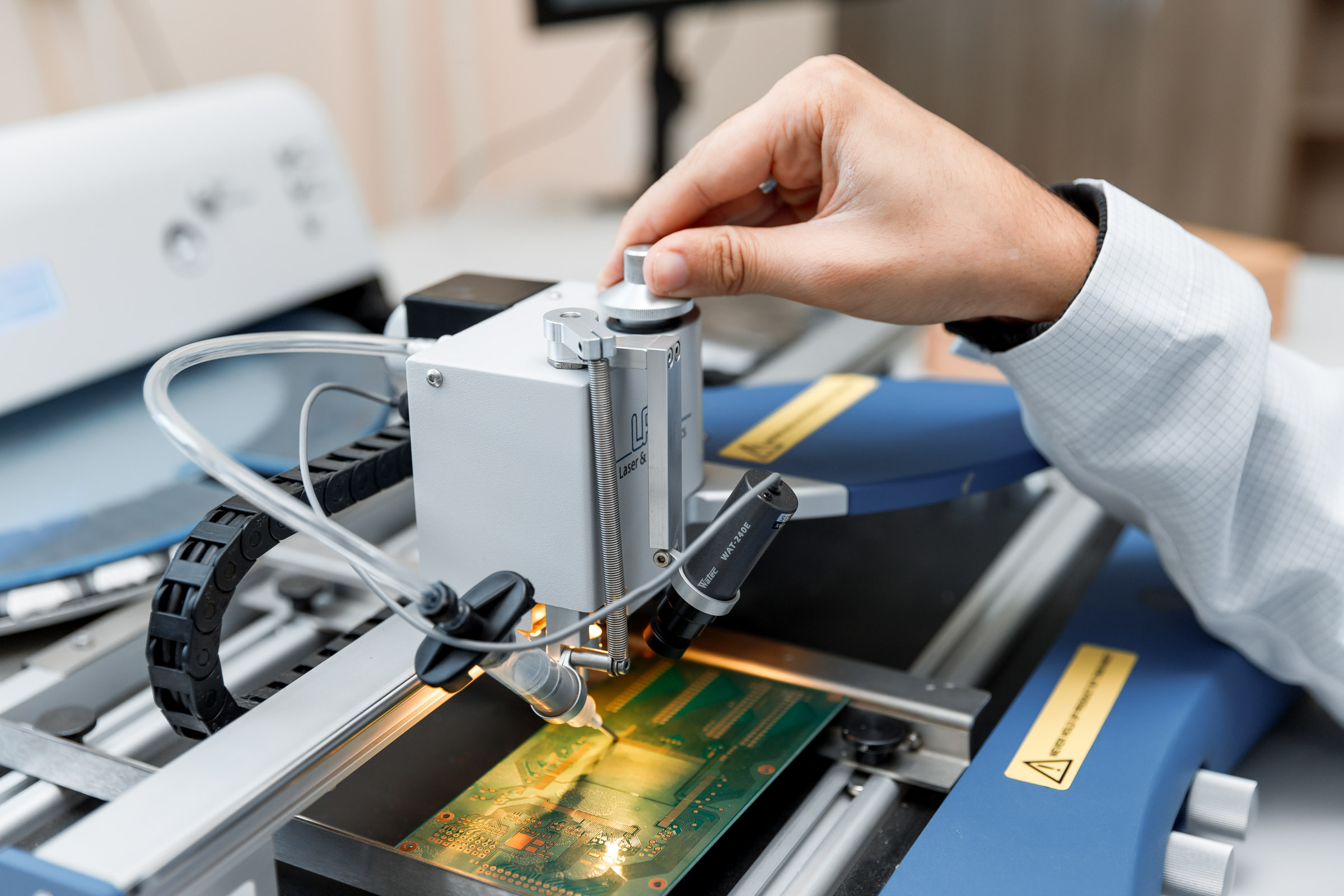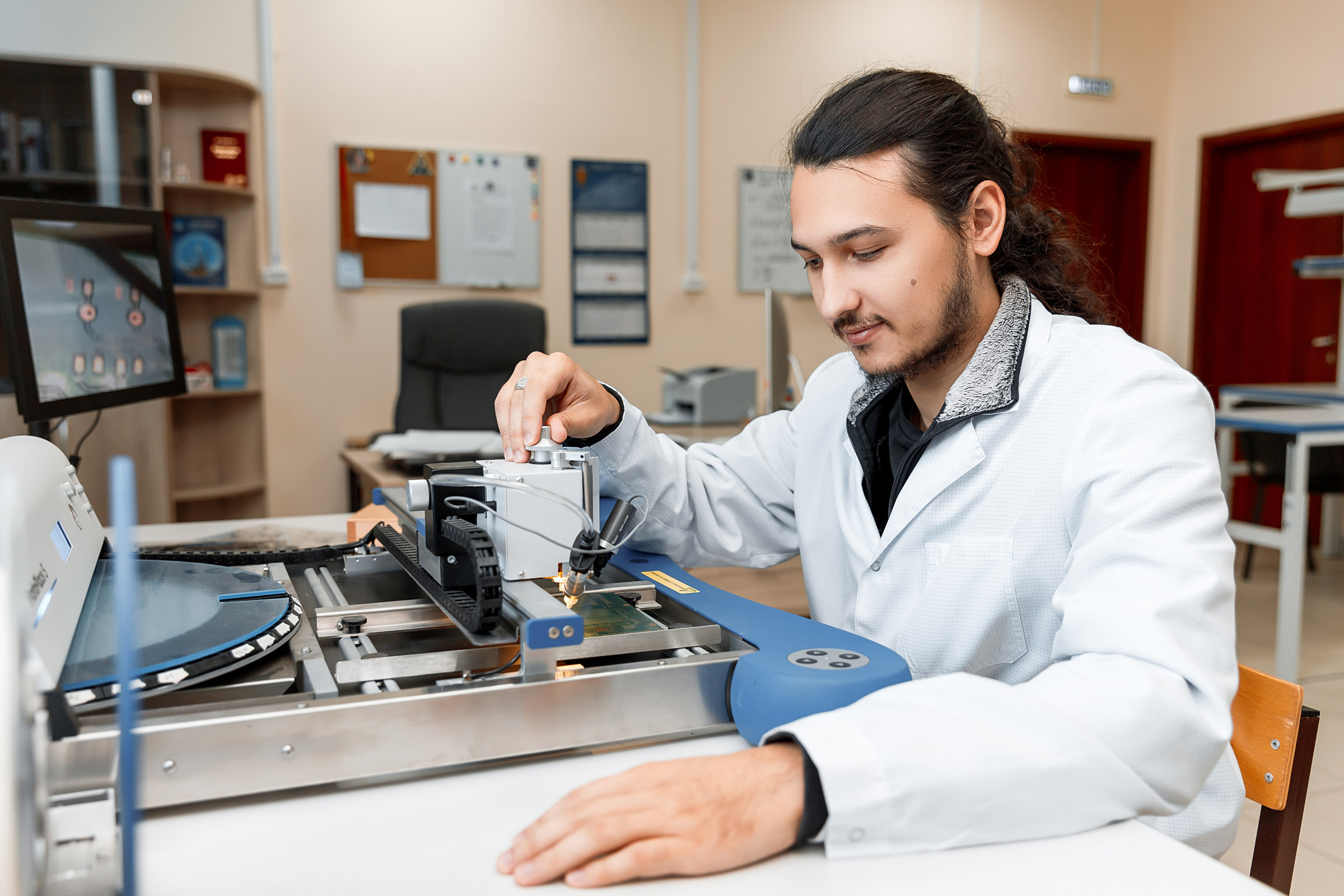“The scientific equipment “Carbon-2” has successfully passed the entire cycle of planned tests, and is ready to be installed on the board of the spacecraft “Bion-M” No. 2. The equipment is a kind of electronic testing site. It will be located on the outside of the orbital laboratory, right in outer space, and prototypes of thin-film instrument structures based on silicon carbide will be fixed and activated in it. During the flight, these samples will be exposed to various factors, including cosmic radiation, temperature fluctuations, magnetic fields, vacuum, and the equipment will maintain and evaluate the performance of the “experimental” samples and measure their operating parameters depending on the orbit environment. The data obtained will facilitate to calculate in future operational parameters of semiconductor devices and appliances based on silicon carbide under space flight conditions”, told us Lyubov Kurganskaya, Leading researcher at the Research Institute of Modeling and Control Problems of Samara University.
The design and finishing tests of the scientific equipment created at the University lasted about a month and a half. According to Lyubov Kurganskaya, the electronic testing site, designed to become an arena for space tests, has successfully withstood the toughest ground tests.
“The tests were of various kinds – for electromagnetic compatibility, spark discharges, vibration and even vacuum – the equipment worked for two days in the vacuum chamber. There was an entire cycle of climatic tests – for humidity and temperature. For example, in the University laboratory of cryogenic technology, the scientific equipment “Carbon-2” was tested in cold at the temperature of -178 °C, by applying liquid nitrogen”, noted Lyubov Kurganskaya.
The final ground tests of the scientific equipment “Carbon-2” as part of the assembled spacecraft “Bion-M” No. 2 are scheduled for January-March 2024.
About extreme electronics
Electronic components of spacecrafts must withstand the most extreme conditions – the wide range of temperature fluctuations, strong cosmic radiation, overloads during launching, therefore this kind of electronics is terminologically called “extreme electronics”. Currently, the most widespread semiconductor material is silicon, but in a number of parameters, it is significantly inferior to silicon carbide, especially when it comes to power electronics or operation under extreme conditions. For example, transistors based on silicon carbide are characterized by higher performance, heat up less, and withstand higher voltage.
In recent years, silicon-carbide electronic components have been actively used in electric vehicles, including Tesla cars, allowing the car to significantly increase in its power reserve. One of the NASA research centers conducted the following experiment: silicon-carbide chips were placed into the furnace, and they worked there without failures, for 1,000 hours at the temperature of 500 °C. After that, on the Earth, extreme conditions of the Venus atmosphere, known for its clouds of sulfuric acid, were re-created, and the chips withstood this test too.
For reference:
“Bion” is a series of domestic spacecrafts for biological research. From 1973 to 1996, 11 satellites of the series were launched into outer space; several-dozen types of biological objects – unicellular organisms, plants, insects, fish, amphibians, turtles, rats, monkeys – visited space. In April 2013, the first upgraded biological satellite “Bion-M” was launched. Its “crew” included mice, desert rats, geckos, snails, crustaceans, fish and various microorganisms.
According to open sources, the orbital laboratory “Bion-M” No. 2 is scheduled to be launched in 2024. Mice, fruit flies, fungi, bacteria, and cellular tissues are to go into outer space for a month. The main goal of the scientific program will be the study of biological effects of weightlessness and high levels of cosmic radiation on living organisms at the systemic, organ, cellular and molecular levels.
 RU
RU  EN
EN  CN
CN  ES
ES 






